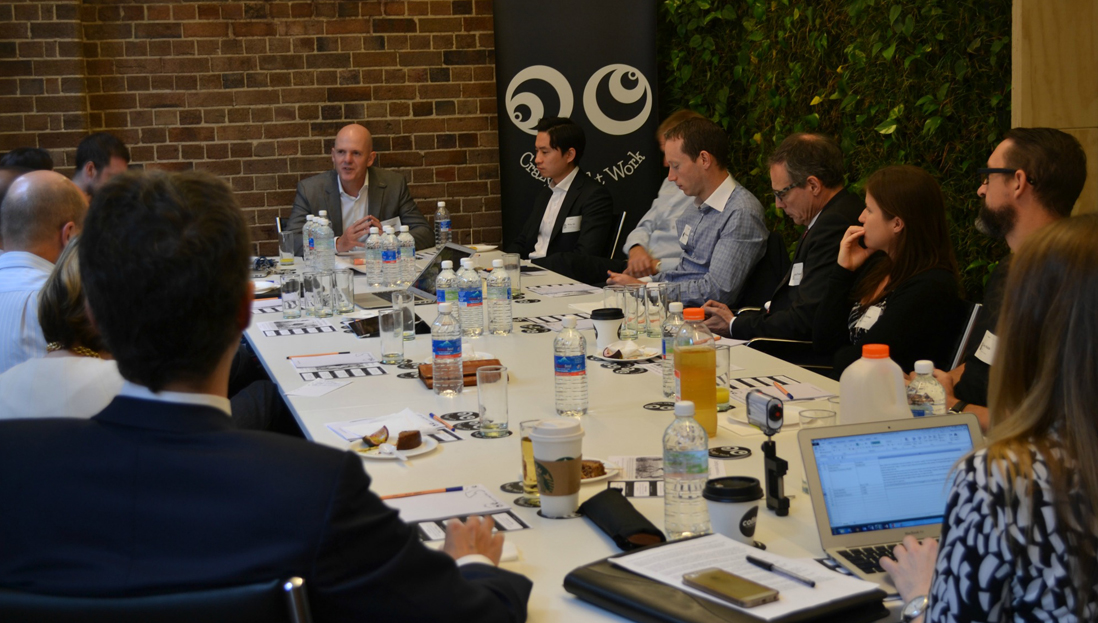Good Strategy, Ugly Execution

Poor execution of otherwise cogent strategies is hardly a new theme. In fact, sustained successful execution has become a bit of a unicorn. Anyone with a memory longer than the proverbial goldfish may have noted that the organisational strategies hailed as exemplary in [insert name of any strategy-themed book that you read in the last 24 months] have become today’s cautionary tales.
So, how do you reduce the likelihood that your strategy will completely unravel at the pointy end of market reality?
Well, it turns out that the key to successful execution may be to embrace a new paradigm around failure, rather than spending the entire budget trying to avoid it.
Minimum Viable Product
A product that contains only the absolute core features required in order for the product to be tested with prospective customers.
The idea for a new product or service may originate in the annual strategic planning process, where it is selected from a number of competing business opportunities. Once the business case is approved, full development generally proceeds in a linear fashion until that fateful day when the product has its showdown with reality in the hands of the intended customer.
Following the launch, the product champion gets to hold their breath for three months whilst we wait for the first quarter sales results – at which time they will be either hero or zero. If the product tanks in the market, it has taken a very long time to waste the budget and conclude that the new product has as much traction as rubber snake up a skyscraper.
Technology, combined with rapid, short cycle, iterative development and market testing approaches, has made this sad scenario avoidable. Take for example, BlueChilli (an accelerator designed to move businesses from concept to Series A funding in a 6-12 month period): Moving away from the sequential, waterfall-style development processes into rapid dual-channel iterative market-testing, the firm has been able to accelerate the go-to-market experiences of its circa 50 startup businesses.
Larger corporations are now deploying similar approaches (sometimes in concert with the likes of BlueChilli) taking a MVP to market after 2 months and $20,000, rather than 12 months and $300,000 (or in some cases, $3 million!).
Failing Fast (and in Parallel)
Technology makes it possible to deliver multiple variations of the minimum viable product (and subsequent iterations) simultaneously to online enquirers, tracking and observing which of these ‘products’ are more readily accepted and developing hypotheses around the observed online behaviour. Commonly referred to as A-B Split Testing, this approach allows BlueChilli to rapidly respond to customer preferences, ditching the less successful sibling in the blink of an eye and then producing another mutant variation for the next comparison.
This approach beats the heck out of a product or service development process that takes 12 months to get to market with a relatively untested offering.
A ‘Failure as Feedback’ Culture
No one wants to fail, but BlueChilli has built it into the culture of the organisation as a simple feedback loop. The accelerator hosts a monthly award for the most notable failure in the past 30 days (and what can be learned from it). This creates a culture that ‘celebrates’ failure and risk taking as an essential ingredient of ultimate success.


